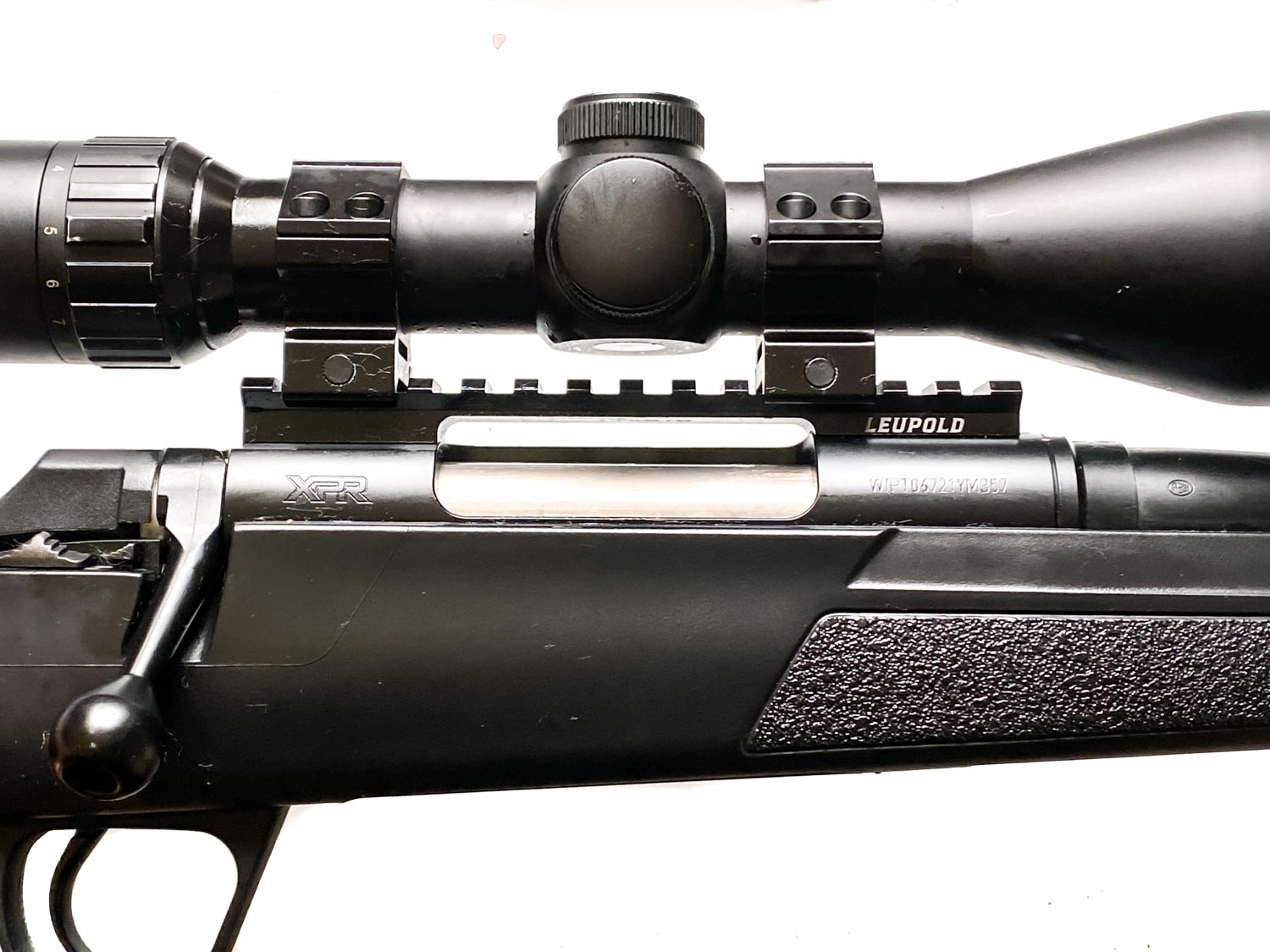Q: I am bothering you again. This time the question is about positioning scope rings on a picatinny rail. Videos all suggest placing the rings against the forward edges of the rail. Logically, given that centrefire rifles recoil backwards, shouldn’t the mount be against the back of the notch in the rail? With a powerful spring-piston air rifle I could understand forward fitting, given the inertia direction. Can you explain why?
Another thing: I have noticed the need to replace old brass when changing to a new barrel for flawless operation. Old brass seems to stick in the chamber – bad news if it’s a long walk out. I’ve often been asked why this happens. I can only figure it’s the springiness of the brass which seems to pattern itself to the chamber dimensions.
I am having a 28-inch Bergara barrel fitted to my 6.5 PRC. Ruger appears to forge barrels with a hollow centre, probably for manufacturing speed and cost. My old Ruger barrel has steel missing from the chamber wall and just behind the muzzle. The forging is plainly visible so it’s suck it up and move on for me.
– Pete Samuels
A: Inertia does play a part in the scope and mount shifting. Consider what happens every time a shot is fired from a centrefire rifle: From a position of rest, the rifle is suddenly propelled rearward with a force of many gravities. It only makes sense, therefore, to position the rings forward in the slots so that they contact the rearward surface of the notch in a picatinny rail to prevent any forward movement.
Any mount that slides onto a dovetailed receiver should also be pushed forward to wedge against the front of a blind dovetail. However, if the dovetail is open, it should ideally have an anchor at the rear to prevent the scope and mount working forward, particularly if it is attached to a rifle with heavy recoil.
You are wrong about spring-piston air rifles recoiling forward; the reverse is true. A powerful spring-piston air rifle can be a lot harder on scopes than even big-calibre centrefire rifles. This is due to the “double recoil” typical of most spring-piston air rifles. As the airgun is fired, the heavy piston used to create air compression surges forward, forcing the gun to move rearward. No problem so far, but the piston stops rather abruptly against a cushion of compressed air, just before it can smash against the front end of the cylinder, forcing it to rebound. This sudden stop-and-rebound causes the gun to literally halt in mid-recoil, then snap forward. During this process, terrific punishment is inflicted upon the scope.
Double recoil can force the scope, mounts and all, to slide rearward a bit with each shot. This is why airgun mounts are equipped with a stop block or some kind of anchor to prevent the scope and mount sliding to the rear.
It is not always necessary to replace your brass after having a new barrel fitted. Brass does expand to be a close fit and cling to the walls of the chamber, but if the brass has only been reloaded a few times and hasn’t lost its elasticity, you can full-length resize it and use it in the new chamber. As far as I know Ruger barrels are cold hammer-forged. I have two Ruger barrels in .223 Rem and .257 Roberts and they are very accurate. I don’t know why your barrel had steel missing from the chamber wall and muzzle, but if it was faulty, no doubt Ruger would replace it for you.

0 Comments